In recent years, Artificial Intelligence (AI) has made significant advancements, and one area where AI has shown its potential is in the field of content creation. More and more businesses are turning to AI writers and AI text generators to create content for their marketing and communication needs. In this article, we will explore the world of AI writing generator tools and introduce you to the top 11 free AI text generators including UPDF AI available today.
Top 11 AI Text Generators for Writing
1. UPDF AI - The No. 1 AI Text Generator for Writing
UPDF now adds AI features like writing, translating, summarizing, explaining, chatting, and more. You will be inspired by its features. If you want to have creative writing content, UPDF AI can help you do it in seconds. What you should do it to input the topic and requirements, then, ask the UPDF AI to help you write. Expect that, you can upload the PDF file and let UPDF AI help you understand it or get information from the PDF file quickly. Moreover, it has a free version for all users. Why not try it now?
Windows • macOS • iOS • Android 100% secure
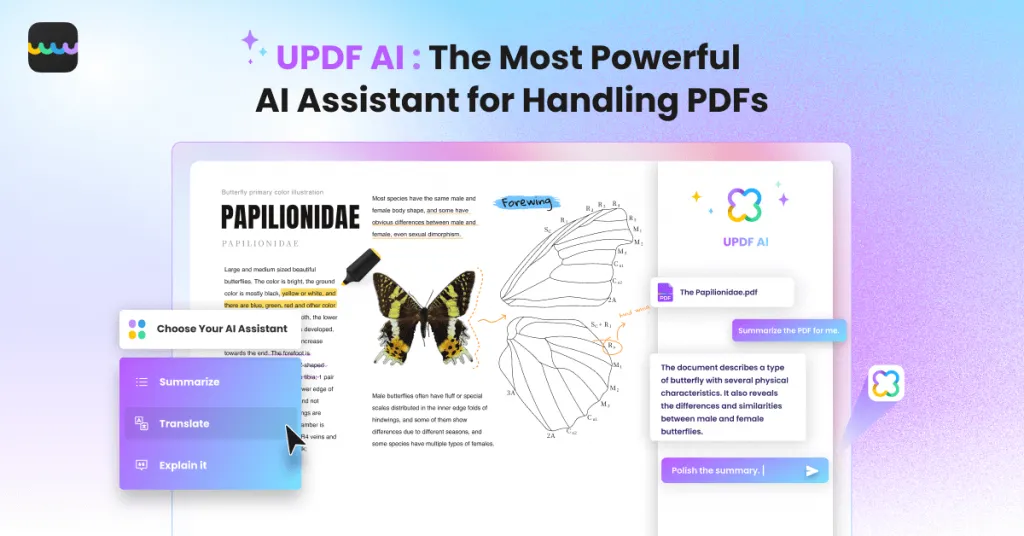
UPDF does not only have UPDF AI features, but it is also a professional PDF editor. Here are some of the key features it offers.
Features of UPDF
- User-friendly interface: UPDF boasts an intuitive and easy-to-use interface that enables users to navigate the platform effortlessly. This ensures that even those with limited technical knowledge can create, edit, and share PDF documents with ease.
- Robust editing capabilities: UPDF offers a wide range of editing tools that allow users to modify and enhance their PDF documents. These include adding text, images, and annotations, as well as editing the existing text in PDFs.
- Seamless document conversion: UPDF supports seamless document conversion, allowing users to convert PDFs to various file formats. This includes popular formats like Word, Excel, PowerPoint, and image files like JPEG and PNG.
- Strong security measures: UPDF prioritizes document security by providing features like password protection on PDFs, watermarking, and encryption. Users can safeguard their sensitive information and maintain control over who can access their PDF files.
- Cross-platform compatibility: UPDF is available for a wide range of platforms, including Windows, macOS, iOS, and Android. This ensures that users can access and manage their PDF documents on their preferred devices without compatibility issues.
- OCR (Optical Character Recognition) functionality: UPDF's OCR feature allows users to extract text from scanned documents and images, making it easy to edit and search the content within the PDF.
- Form filling and signing: UPDF includes tools for filling out and signing PDF forms digitally, streamlining the process of completing and submitting forms.
- PDF organizing: Split, crop, rotate, delete, and add PDF pages swiftly and with ease in the slick UPDF interface. Simple drag-and-drop or click functionality allows new users to sink into comfort the very first time they use the software!
Here is the video for you to better understand UPDF AI.
Windows • macOS • iOS • Android 100% secure
2. GPT-3
GPT-3, developed by OpenAI, is one of the most advanced AI text generators available today. It can create high-quality content for various purposes, such as writing articles, generating code, and even creating poetry.
GPT-3's impressive capabilities extend beyond content generation and can be applied to tasks like natural language processing, machine learning, and even game development. Its versatility and advanced algorithms make it a valuable resource for researchers, developers, and content creators across various industries.

3. Jasper
Jasper, formerly known as Jarvis, is a powerful AI content writing tool that can help you create high-quality content for your blog or website. It offers features like AI-generated blog post outlines, long-form content creation, and SEO optimization tools.
In addition to its powerful content generation capabilities, Jasper also provides features like language translation, keyword optimization, and writer's block assistance. Its user-friendly interface makes it easy for users to create content tailored to their specific needs, helping to improve overall content quality and user engagement on their websites or blogs.
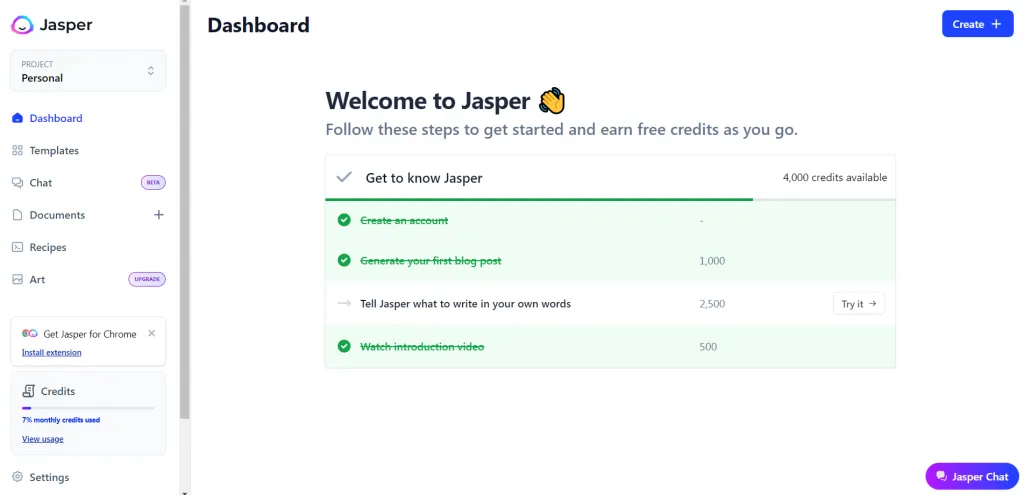
4. Copy.ai
Copy.ai is an AI-powered copywriting tool that can generate content for various purposes, such as social media posts, product descriptions, and ad copy. It is user-friendly and offers a wide range of templates to choose from.
Beyond its wide range of templates, Copy.ai also offers a collaborative feature that allows multiple users to work on a single project simultaneously. This helps teams streamline their content creation process, ensuring consistency in tone and style across various content types and platforms.
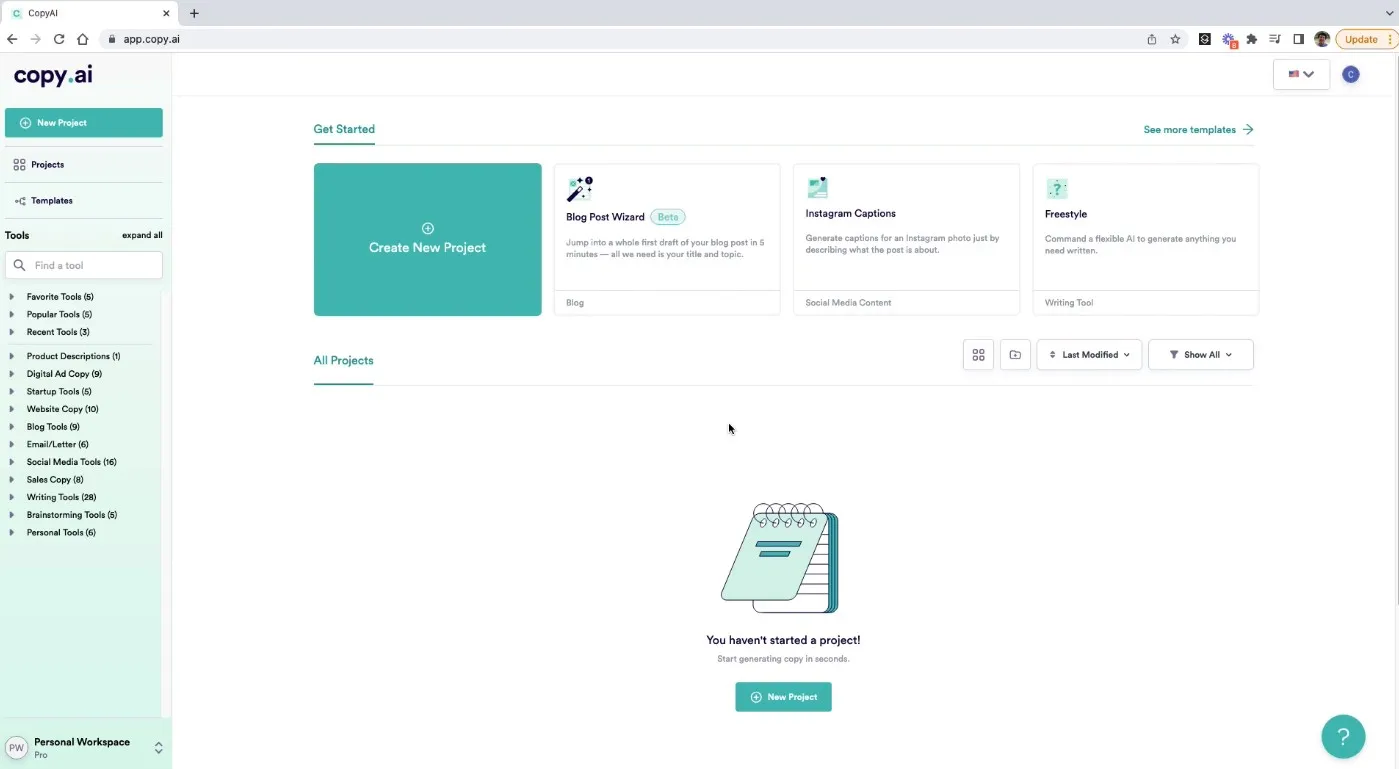
5. Writesonic
Writesonic is a popular AI writing tool that offers various features, including AI-powered content generation, blog post ideas, and writing templates. It is suitable for creating marketing content, blog posts, and social media updates.
Writesonic's advanced AI algorithms can analyze and understand user preferences and writing styles, enabling it to create personalized content that resonates with your target audience. Moreover, the platform offers integration with popular tools like Grammarly and WordPress, making it easy to edit and publish your content seamlessly.
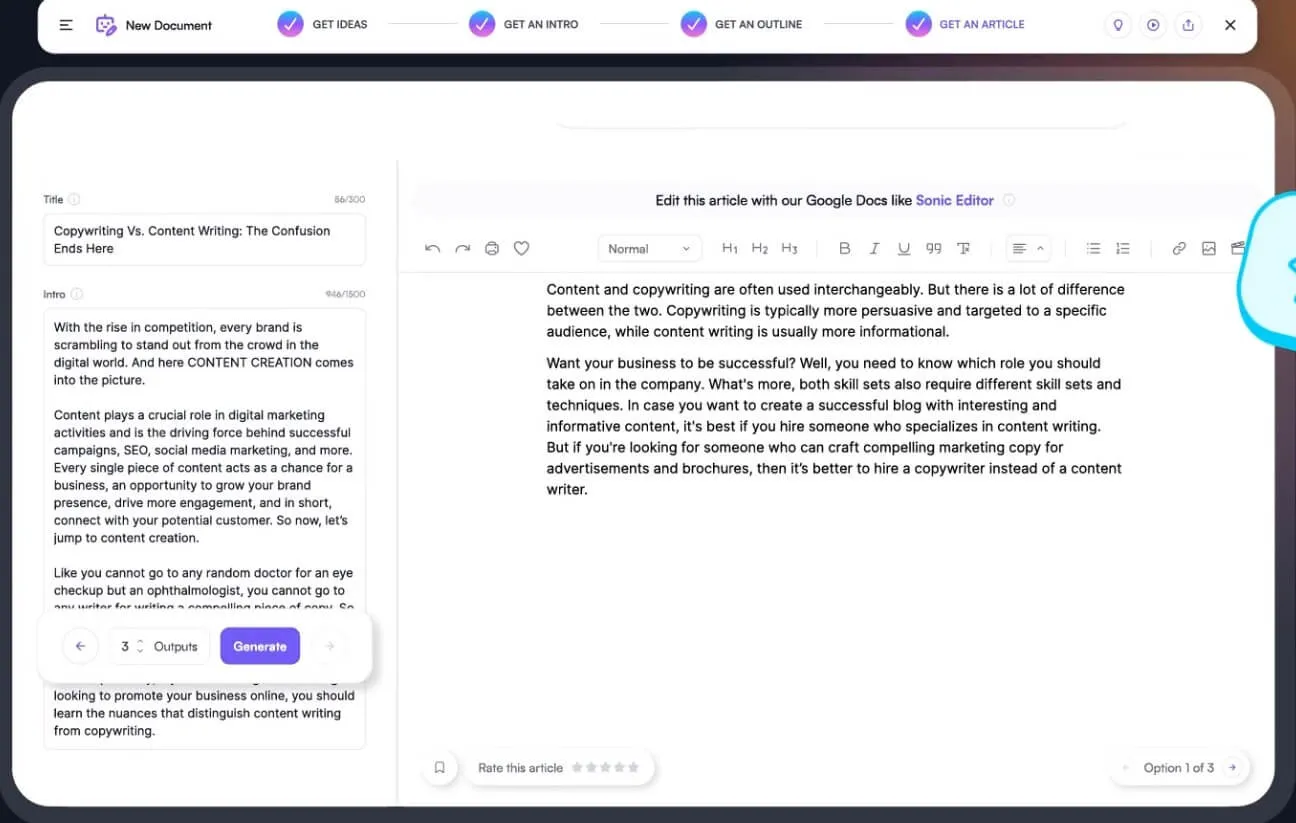
6. Kuki.ai
Kuki.ai is a free AI text generator that offers a simple interface to generate content quickly. It is suitable for creating short-form content, such as social media updates and product descriptions.
Besides generating short-form content, Kuki.ai also offers a feature that allows users to fine-tune the output by adjusting the creativity and length of the generated text. This enables users to create content that aligns with their specific requirements, making it a versatile tool for a variety of content creation needs.

7. AI Writer
AI Writer is an AI content writing tool that generates well-researched articles and blog posts based on the input keywords. It offers a free version with limited features, while the paid version provides more advanced capabilities.
AI Writer's premium features include access to a larger database of sources, faster content generation, and priority support. Its advanced algorithms ensure that the generated content is not only well-researched but also coherent and engaging, making it a valuable tool for content creators and marketers alike.

8. Article Forge
Article Forge is an AI-powered content generator that can create unique and SEO-friendly articles in just a few minutes. It offers features like content optimization, automatic video embedding, and image selection.
One of the standout features of Article Forge is its ability to automatically generate content that closely mimics human-written articles. This helps users maintain a consistent writing style across their content, providing a more authentic and engaging experience for readers.
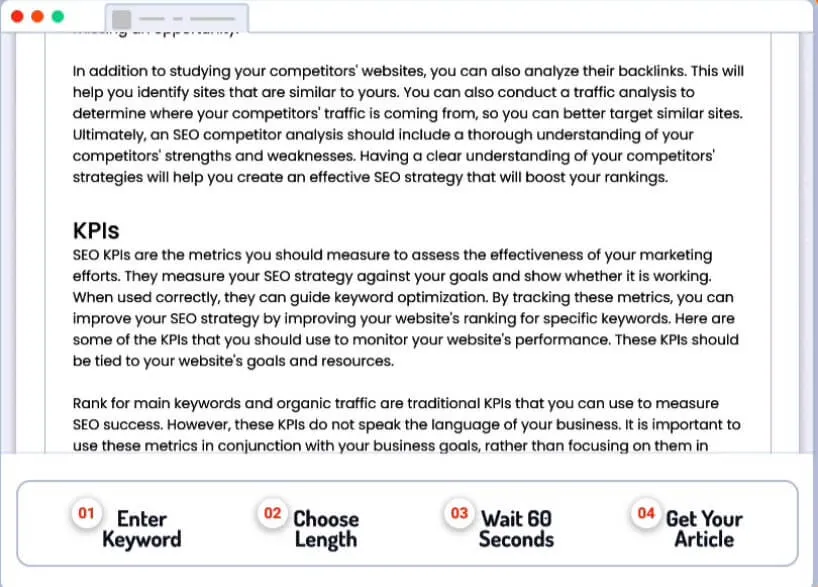
9. Text Blaze
Text Blaze is an AI writing assistant that helps you generate content faster by providing templates and shortcuts. It is suitable for creating email templates, sales copy, and social media updates.
Text Blaze also offers an advanced feature called "Dynamic Snippets," which allows users to create personalized content based on specific inputs, such as names or dates. This feature helps save time and effort while ensuring that the generated content remains relevant and engaging for its intended audience.
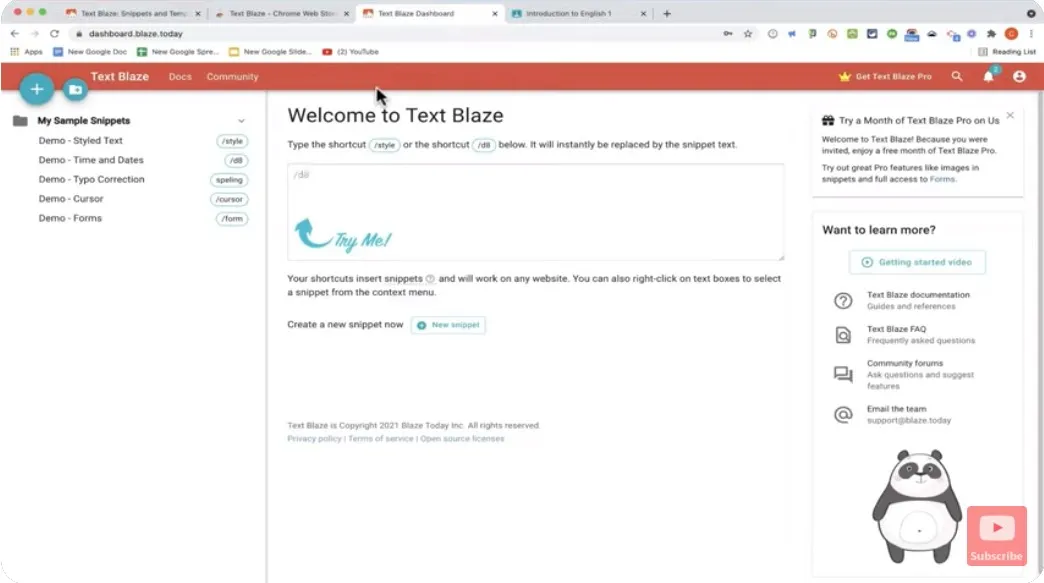
10. Wordtune
Wordtune is an AI writing tool that helps you improve your writing by providing suggestions, rephrasing options, and tone adjustments. It is suitable for editing and optimizing content for better readability and engagement.
Wordtune's AI algorithms are designed to understand the context and intent of your writing, ensuring that the suggestions provided are relevant and meaningful. The tool's ability to adapt to various writing styles makes it a versatile option for content creators, editors, and marketers alike.
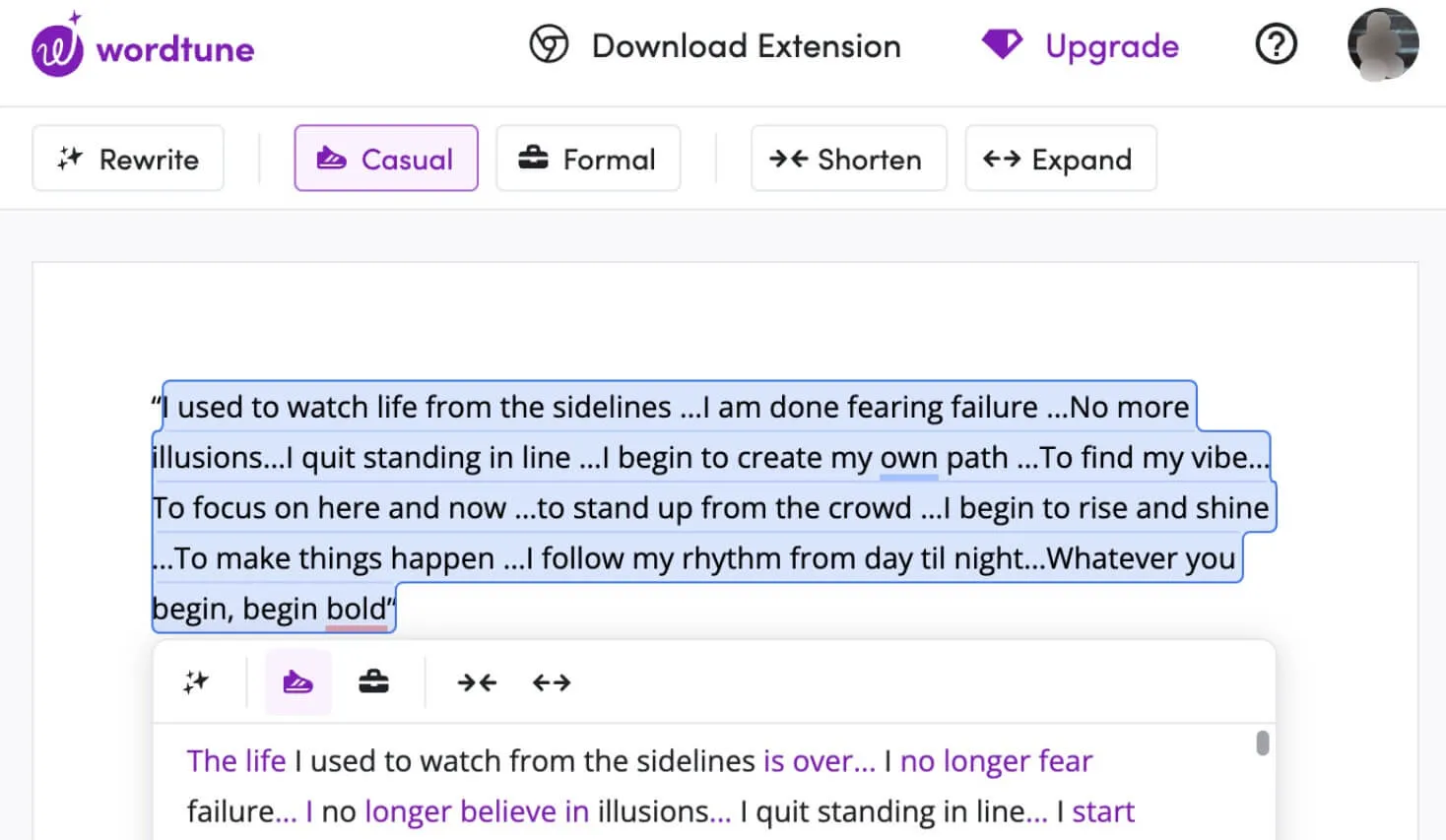
11. Cognitiveseo
Cognitiveseo is a comprehensive SEO tool that also offers AI-powered content generation capabilities. It can help you create SEO-friendly content, analyze competitors, and optimize your website for better search engine rankings.
In addition to its AI-generated content capabilities, Cognitiveseo also offers a wide range of SEO analysis tools, such as backlink analysis, keyword research, and site audit features. This comprehensive suite of tools helps users not only create high-quality, SEO-friendly content but also monitor and improve their website's overall performance.
AI writing tools are a valuable resource for content creators, marketers, and businesses looking to streamline their content creation process. By using the top 10 AI text generators mentioned above, you can save time, create high-quality content, and improve your overall content strategy. However, it's essential to remember that AI-generated content should complement human-written content, not replace it entirely.
What is an AI Writing Generator?
An AI writing generator such as Alli AI is a software application that uses natural language processing and machine learning algorithms to create human-like text based on the input provided by the user. These AI-powered tools can write reports, articles, blog posts, social media updates, and even poems or stories. Popular AI writing generators include OpenAI text generator, text generator AI, and AI copywriting tools. These tools help users save time, reduce their workload, and improve the overall quality of their content.
How Does AI Writing Generator Work?
AI writing generators use advanced algorithms to analyze and understand the context of the input text. They then generate relevant and coherent content based on the input. These tools use natural language processing (NLP) techniques to break down the input text into its core components, such as sentences, phrases, and words. They also use machine learning algorithms to identify patterns in the text and generate new content that follows a similar structure and style.
Is AI Writing Unique and Good for SEO?
Google released its Google search policy about AI content. It announces that it is "Rewarding high-quality content, however, it is produced".
However, in some SEO experts' opinion, AI-generated content is not that much unique. It provides the same information to all people by just rewriting it. And their content is restricted till 2021. Google doesn't appreciate AI content. Secondly, no one appreciates the AI content because it only provides information based on the dataset. If something gets updated, it will not give a proper response on that. You can try using ChatGPT on 2 devices. Ask the tool to write a review on a tool. You will notice both reviews have many similarities in the information. But will be written in a unique way. This is not called uniqueness to just write the information in a new way. Uniqueness is like making the information different and latest than others.
Moreover, the quality of the content varies depending on the AI tool used and the specific topic. Some AI writing tools can create high-quality content that is both engaging and informative, while others may struggle with more complex topics or produce content that lacks coherence.
To ensure that AI-generated content is SEO-friendly, it's essential to use a reliable AI writer or AI content writing tool that can produce high-quality content. Additionally, it's crucial to proofread and edit the generated text to ensure that it meets the desired quality standards and adheres to SEO best practices.
Will AI Text Generator Replace Human Beings?
AI text generators have come a long way, but they are not yet at a point where they can completely replace human writers. While AI writing tools can create content quickly and efficiently, they still lack the creativity, empathy, and contextual understanding that human writers possess. AI-generated content can be a valuable supplement to human-written content, but it cannot replace the need for human writers, especially when it comes to creating content that requires a deep understanding of complex topics or a strong emotional connection with the reader.
Parting Words
And with these top 11 free AI writers and AI text generators, you can create content in minutes rather than hours. And for anyone involved in PDF workflows as well as content creation and other creative roles, the combination of UPDF with the generative AI tool listed in this article can give you absolute control over the quality and depth of your content. Give it a try now.
Windows • macOS • iOS • Android 100% secure
 UPDF
UPDF
 UPDF for Windows
UPDF for Windows UPDF for Mac
UPDF for Mac UPDF for iPhone/iPad
UPDF for iPhone/iPad UPDF for Android
UPDF for Android UPDF AI Online
UPDF AI Online UPDF Sign
UPDF Sign Read PDF
Read PDF Annotate PDF
Annotate PDF Edit PDF
Edit PDF Convert PDF
Convert PDF Create PDF
Create PDF Compress PDF
Compress PDF Organize PDF
Organize PDF Merge PDF
Merge PDF Split PDF
Split PDF Crop PDF
Crop PDF Delete PDF pages
Delete PDF pages Rotate PDF
Rotate PDF Sign PDF
Sign PDF PDF Form
PDF Form Compare PDFs
Compare PDFs Protect PDF
Protect PDF Print PDF
Print PDF Batch Process
Batch Process OCR
OCR UPDF Cloud
UPDF Cloud About UPDF AI
About UPDF AI UPDF AI Solutions
UPDF AI Solutions FAQ about UPDF AI
FAQ about UPDF AI Summarize PDF
Summarize PDF Translate PDF
Translate PDF Explain PDF
Explain PDF Chat with PDF
Chat with PDF Chat with image
Chat with image PDF to Mind Map
PDF to Mind Map Chat with AI
Chat with AI User Guide
User Guide Tech Spec
Tech Spec Updates
Updates FAQs
FAQs UPDF Tricks
UPDF Tricks Blog
Blog Newsroom
Newsroom UPDF Reviews
UPDF Reviews Download Center
Download Center Contact Us
Contact Us



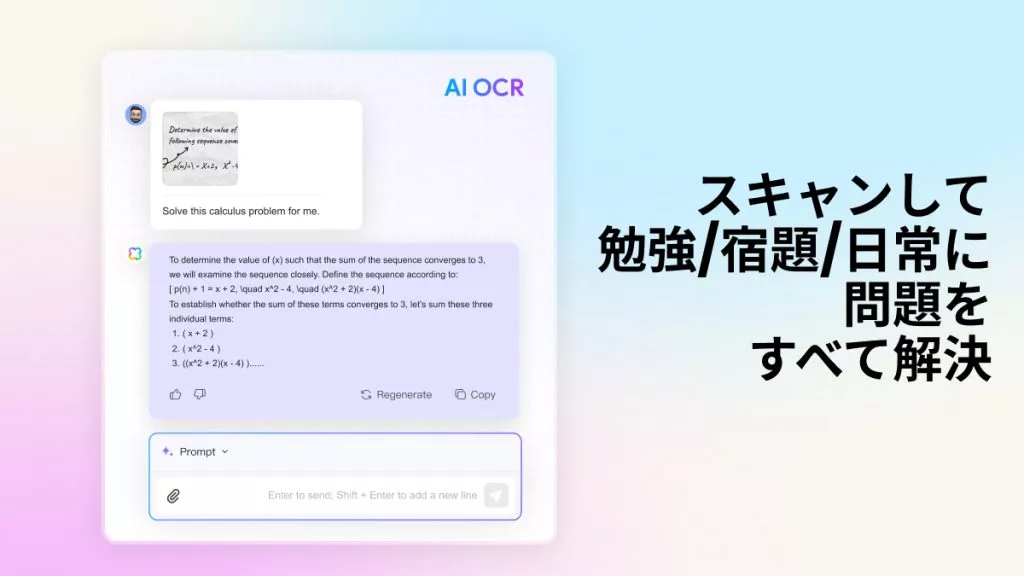
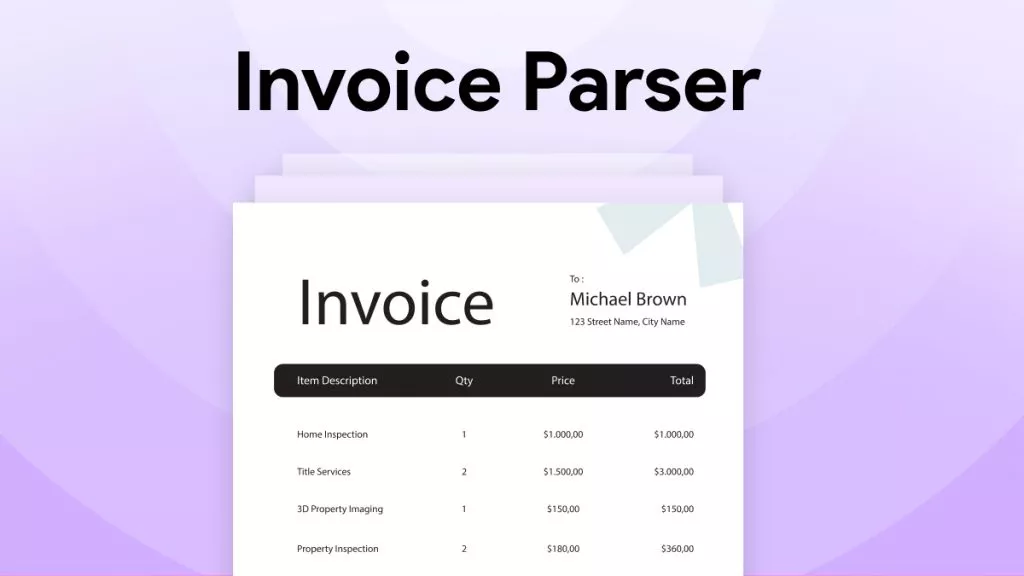
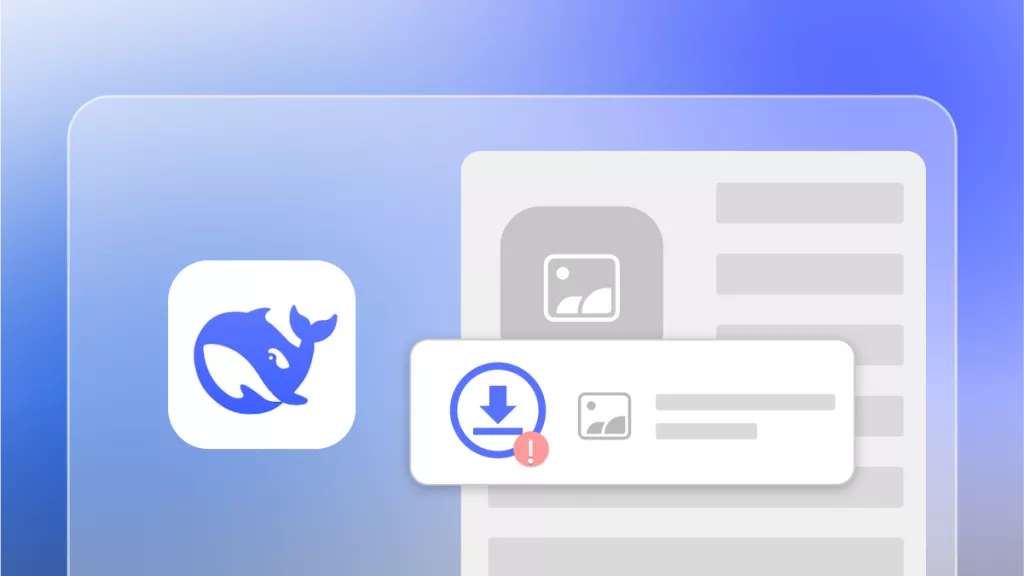
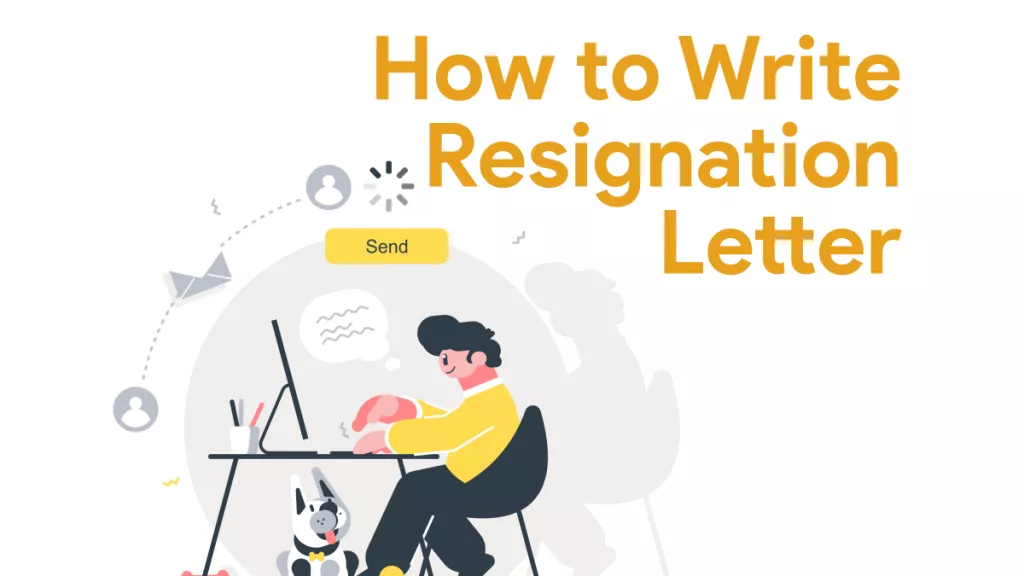
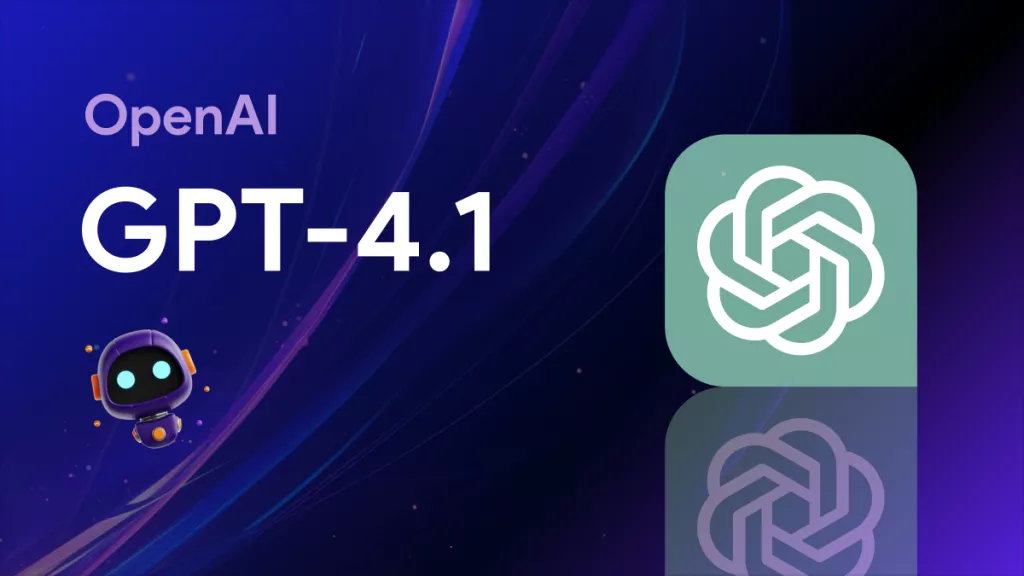

 Lizzy Lozano
Lizzy Lozano 
 Delia Meyer
Delia Meyer 
 Bertha Tate
Bertha Tate 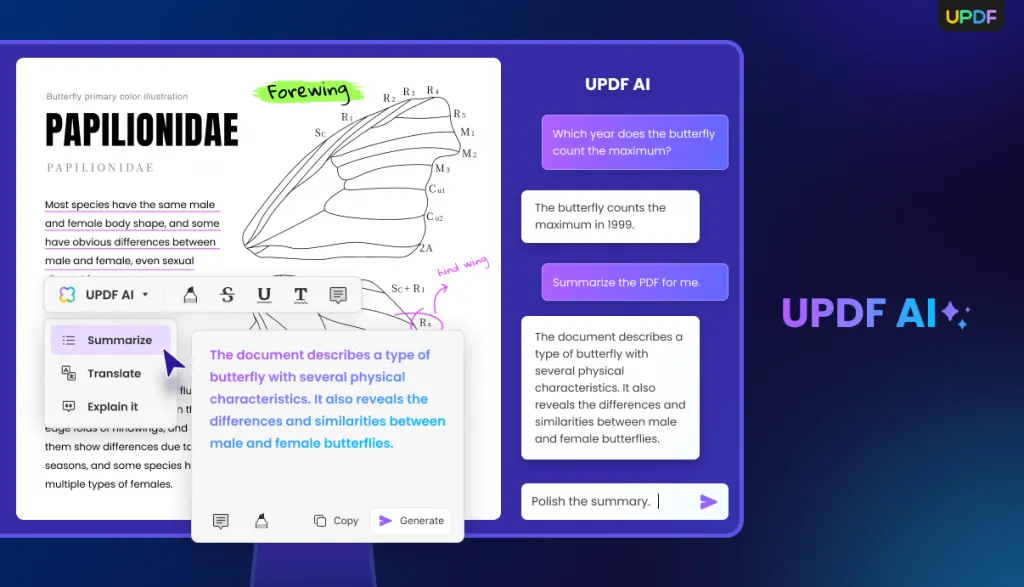

 Grace Curry
Grace Curry